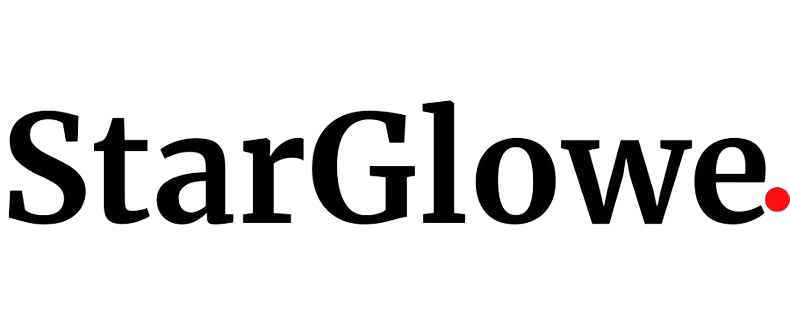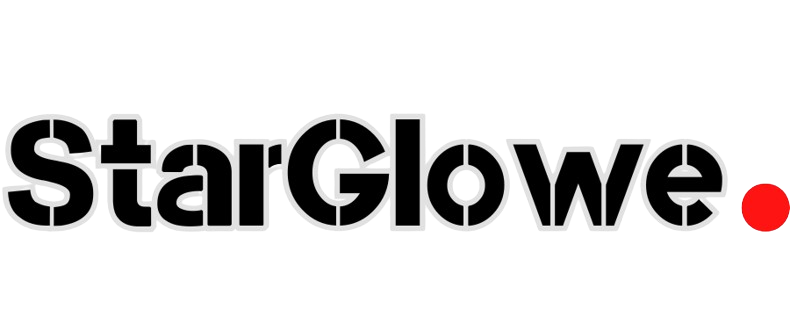
National Disability Independence Day
July 27

National Disability Independence Day, commemorated every July 26th, marks a pivotal moment in the history of civil rights in the United States. It celebrates the anniversary of the Americans with Disabilities Act (ADA) enacted on July 26, 1990.
This landmark legislation was designed to prohibit discrimination against individuals with disabilities, ensuring them the same opportunities as everyone else to partake in mainstream American life. This day not only honors the strides taken towards inclusivity but also reflects on the ongoing challenges faced by the disabled community.
History and Meaning
The genesis of National Disability Independence Day is deeply rooted in the decades-long battle for equal rights and accessibility. Prior to the ADA, individuals with disabilities often faced numerous barriers, both physical and social, that excluded them from many aspects of everyday life.
The ADA’s passage was a culmination of tireless efforts by activists and advocates who sought comprehensive civil rights protections for people with disabilities. It marked a transformative step forward, aiming to reduce barriers, change perceptions, and increase participation in community life.
Traditions and Rituals
While National Disability Independence Day is not celebrated with traditional rituals, the day is marked by various advocacy and awareness events across the country. Organizations host conferences, workshops, and seminars to educate the public about the ADA and discuss the latest advancements in accessibility and rights.
Additionally, celebrations often include public speeches, art exhibitions by disabled artists, and demonstrations of adaptive technology that facilitate everyday activities, showcasing the talents and contributions of the disabled community.
Modern Celebration of the Day
Today, National Disability Independence Day is observed more widely with a focus on promoting accessibility and inclusivity across various platforms. Social media plays a significant role, with campaigns running to spread awareness about the day and highlight personal stories of resilience and success within the disabled community.
Companies and public sectors also take this opportunity to review their policies and infrastructure to better accommodate employees and customers with disabilities, reinforcing their commitment to inclusivity.
10 Congratulations and Wishes
- Here’s to celebrating diversity and inclusivity on National Disability Independence Day! May we continue to break barriers and open doors for everyone.
- On this important day, let’s remember the strength and resilience of the disability community. Wishing you all a day of recognition and pride!
- Cheers to progress and empowerment! May this National Disability Independence Day remind us of the strides we’ve made and the journey ahead.
- Wishing you a joyful National Disability Independence Day filled with community, solidarity, and celebration of achievements.
- Let’s honor the courage and advocacy that has shaped our world on this National Disability Independence Day. Here’s to more inclusivity!
- On National Disability Independence Day, let’s commit to making the world accessible for all. Cheers to equality and freedom!
- Celebrating you and all your accomplishments on National Disability Independence Day! Keep inspiring and pushing the boundaries.
- Here’s to a future where everyone can thrive. Wishing you a powerful National Disability Independence Day!
- May this National Disability Independence Day bring new opportunities and continued growth towards inclusivity for everyone.
- Celebrating the spirit of independence and equal rights for all this National Disability Independence Day!
10 Unusual Facts
- The ADA was signed into law by President George H.W. Bush in 1990 in front of 3,000 people, including disability rights activists.
- The first draft of the ADA was written on a napkin in a Washington, D.C. restaurant.
- Section 504 of the Rehabilitation Act of 1973 was the first U.S. federal civil rights protection for people with disabilities, serving as a precursor to the ADA.
- The ADA National Network provides free information, guidance, and training on the ADA.
- Some cities have “Disability Pride Parades” to celebrate this day and promote visibility for the community.
- The symbol of accessibility, often seen on parking spots and public facilities, was designed by Danish designer Susanne Koefoed in 1968.
- Technology, such as voice recognition and eye-tracking software, has dramatically evolved since the ADA, helping more people gain independence.
- Many famous landmarks, including the White House, have been retrofitted to accommodate individuals with disabilities thanks to the ADA.
- The first proposal of the ADA was introduced to Congress in 1988.
- The ADA has inspired similar legislation in other countries, promoting global awareness and inclusivity.
10 Frequently Asked Questions
- What is the Americans with Disabilities Act (ADA)?
- The ADA is a civil rights law that prohibits discrimination against individuals with disabilities in all areas of public life, including jobs, schools, transportation, and all public and private places that are open to the general public.
- Why is National Disability Independence Day important?
- It marks the progress made toward equality, raises awareness about the challenges still faced by individuals with disabilities, and reinforces the commitment to full inclusion in society.
- How can businesses ensure they are compliant with the ADA?
- Businesses can ensure compliance by providing reasonable accommodations, ensuring accessibility in their facilities and services, and training staff on ADA regulations.
- What are some ways to celebrate National Disability Independence Day?
- Hosting awareness events, participating in or organizing disability rights workshops, and promoting stories of individuals with disabilities are great ways to celebrate.
- How has the ADA impacted technology?
- The ADA has spurred the development of assistive technologies that aid mobility, communication, and daily activities for people with disabilities.
- Can individuals with disabilities request modifications to their work environment?
- Yes, under the ADA, employees with disabilities are entitled to reasonable accommodations that allow them to perform their job functions.
- What are common misconceptions about the ADA?
- Common misconceptions include the belief that the ADA only benefits a small population and that compliance is burdensome for businesses.
- How does the ADA benefit society as a whole?
- By fostering an inclusive society, the ADA helps build a more robust workforce, creates diverse communities, and promotes equal opportunities for all.
- What are “reasonable accommodations”?
- Reasonable accommodations are adjustments or modifications provided by an employer to enable people with disabilities to perform their job duties.
- What rights do children with disabilities have under the ADA in education?
- Children with disabilities are entitled to equal access to education and facilities, reasonable accommodations, and special education services under the ADA.
Conclusion
National Disability Independence Day serves as a crucial reminder of the importance of accessibility, equality, and the ongoing fight for the rights of people with disabilities. As we commemorate this day, it’s vital to recognize both the achievements and the existing challenges that need addressing. The ADA has laid the foundation for a more inclusive society, but continuous efforts are necessary to build upon this framework, ensuring that every individual has the opportunity to lead a full and independent life.




